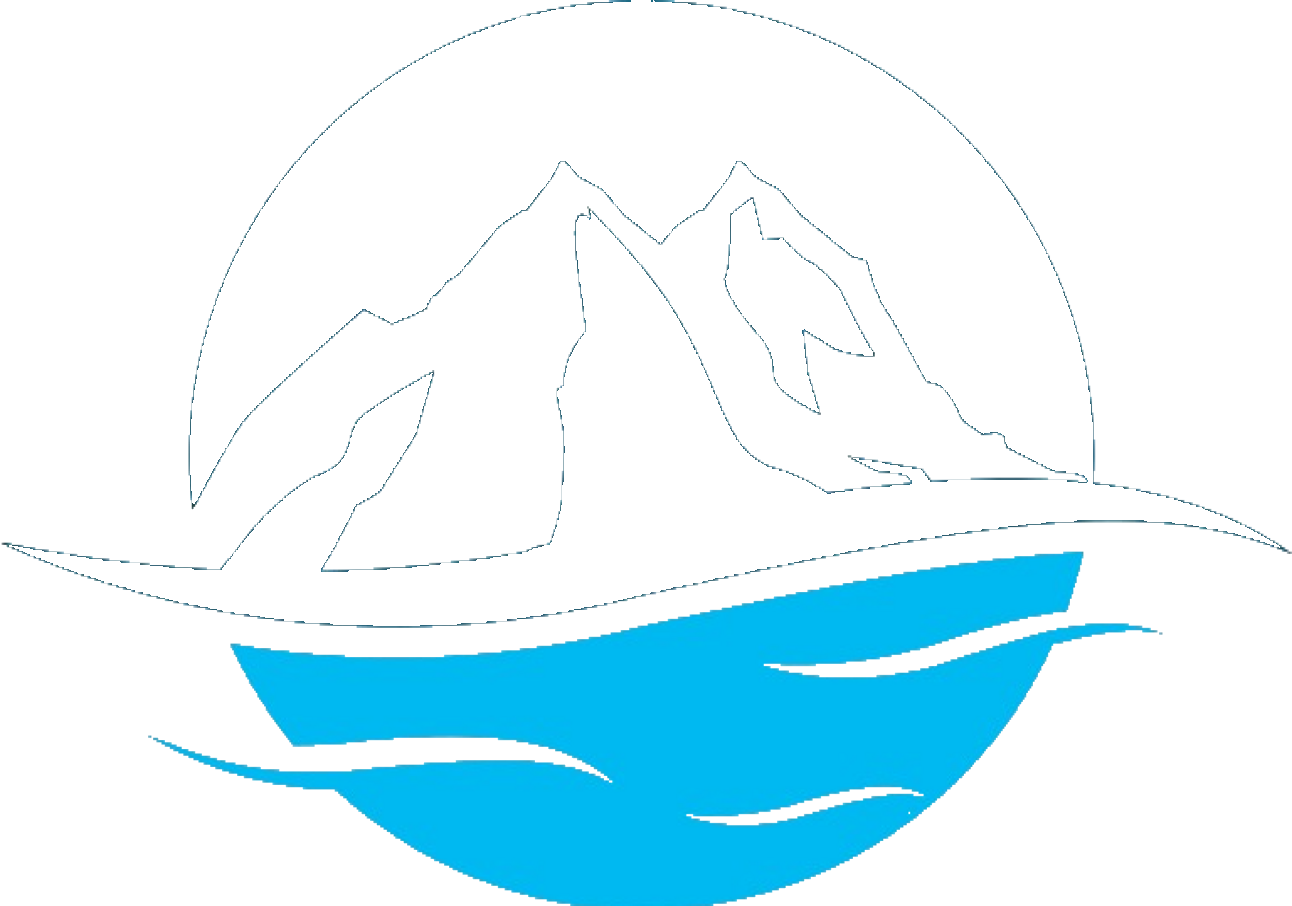Midwest-Great Lakes Area
The Midwest Great Lakes Area Mountain Range is also known as the Laurentian Divide. It runs from the eastern part of Minnesota to the western part of New York. The range was formed over 2.5 billion years ago when the North American continent collided with other land masses. It is a part of the North American Shield and is composed of ancient volcanic and sedimentary rocks. Notable peaks in the range include Eagle Mountain in Minnesota, which is the highest point in the Midwest at 2,301 feet above sea level. Other notable peaks include Mount Arvon in Michigan and Timms Hill in Wisconsin. The range is significant for its hydrology, as it is the dividing line between the flow of the Great Lakes and the Mississippi River. The St. Lawrence River also begins at the eastern end of the range. Interesting facts about the Midwest Great Lakes Area Mountain Range include that it is one of the oldest mountain ranges in the world and that it was originally much taller than it is today, but has eroded over time. Additionally, the range is home to many species of plants and animals, including the endangered Canada lynx.
| Peak | Elevation |
|---|---|
| Timms Hill | 1952 |
| Eagle Mountain | 2301 |
| Mount Arvon | 1979 |
Get Unlimited Access with Snoflo Premium
Know before you go with climate maps, insightful analytics, weather forecasts and more!
Mountain Activities
1. Hiking: The Midwest Great Lakes area offers numerous hiking trails that traverse through the mountain range, providing stunning views of the surrounding landscape. Popular hiking destinations include the Porcupine Mountains in Michigan and the Kettle Moraine State Forest in Wisconsin.
2. Camping: Camping is a popular outdoor recreational activity in the Midwest Great Lakes area, with numerous campgrounds located throughout the mountain range. Campers can enjoy the peaceful surroundings and explore the natural beauty of the region while staying in tents, RVs, or cabins.
3. Fishing: The Midwest Great Lakes area is known for its abundant freshwater lakes and rivers, making it a prime destination for fishing enthusiasts. Anglers can enjoy fishing for a variety of species, including bass, trout, walleye, and salmon, in the region's pristine waters.
4. Mountain biking: The mountainous terrain of the Midwest Great Lakes area offers excellent opportunities for mountain biking enthusiasts. Trails of varying difficulty levels cater to riders of all skill levels, providing a thrilling outdoor experience surrounded by beautiful scenery.
5. Rock climbing: Rock climbing is a challenging and exhilarating activity that can be enjoyed in the mountain range of the Midwest Great Lakes area. Climbers can test their skills on natural rock formations and cliffs, with some areas offering guided climbing tours for beginners.
6. Skiing and snowboarding: In the winter months, the Midwest Great Lakes area transforms into a winter wonderland, with opportunities for skiing and snowboarding on the region's snowy slopes. Popular ski resorts like Boyne Mountain in Michigan and Cascade Mountain in Wisconsin offer a variety of runs for all skill levels.
7. Kayaking and canoeing: The Midwest Great Lakes area is home to numerous lakes and rivers that are perfect for kayaking and canoeing. Paddlers can explore the scenic waterways and observe wildlife up close while enjoying a peaceful outdoor adventure.
Overall, the Midwest Great Lakes area mountain range offers a wide range of outdoor recreational activities for nature lovers and adventure seekers to enjoy throughout the year.


